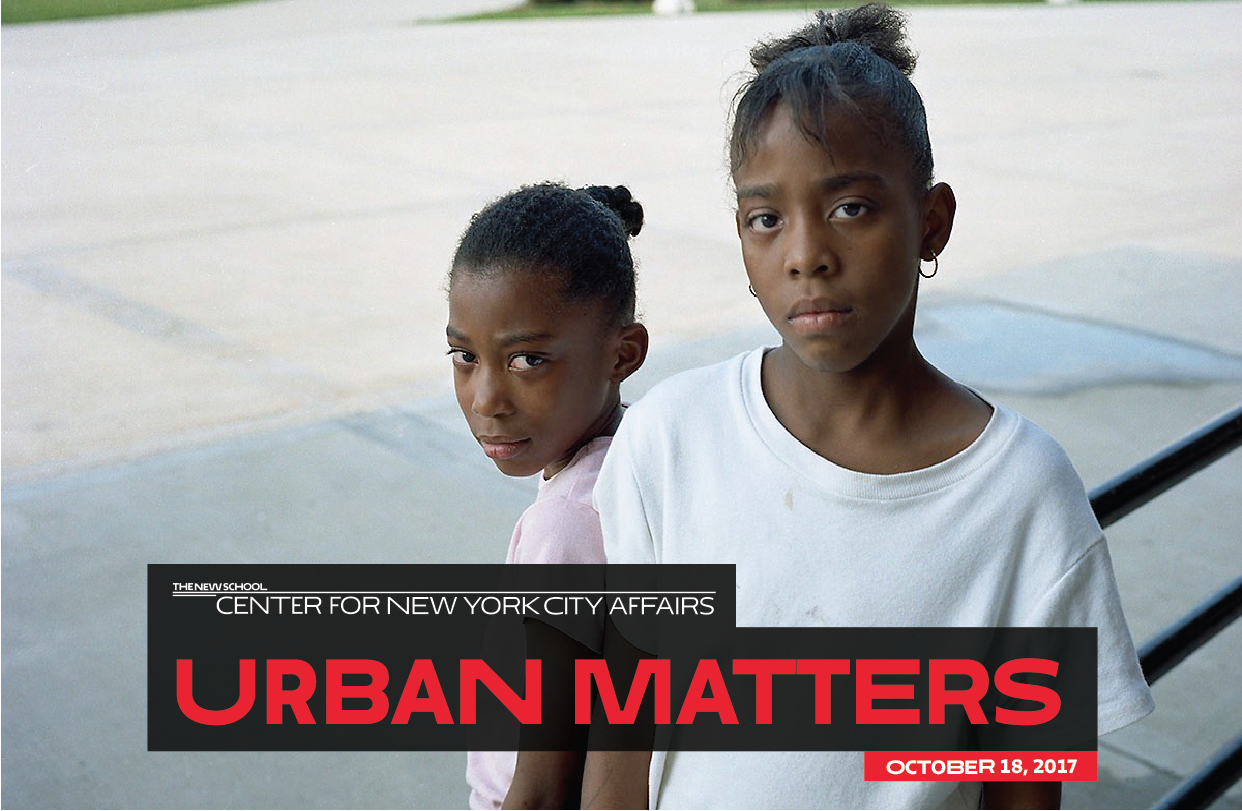October 18, 2017
Home Truths: How We Can Improve The Odds For Families in Public Housing
By Susan J. Popkin
For more than 40 years, Chicago’s enormous public housing high-rises dominated the city’s poorest African-American neighborhoods, bringing crime and drug trafficking and blighting the lives of the families that lived in them. But 15 years ago, the City of Chicago began a remarkable odyssey that would help the Chicago Housing Authority (CHA) evolve from the most dysfunctional public landlord in America to the ordinary city bureaucracy it is today. The CHA’s “Plan for Transformation” called for demolishing all 11 of the agency’s notorious high-rise family developments and replacing them with new, state-of-the-art mixed-income communities, as well as rehabilitating thousands of units in senior buildings and smaller family properties. The Plan is not complete but there is no question that its transformation has changed the face of the city – and that has profoundly changed the lives of the thousands of families that lived in these developments.
For nearly 30 years, I have been doing research that focuses on the lives of CHA’s residents and how they have experienced the many policy interventions and changes that have aimed to improve their lot. In No Simple Solutions: Transforming Public Housing in Chicago, I tell the story of what happened to families as a result of the Plan for Transformation. Many have fared surprisingly well, but others are still struggling, and there are worrying signs that the transformation and relocation was particularly difficult for adolescents. And given that these are deeply poor families who endured years of trauma and stress in CHA’s urban war zones, even those who have fared the best are still dealing with enormous, complex challenges. My book follows three families whose experiences illustrate the different paths CHA households followed as they experienced the massive upheaval – and involuntary relocation – that resulted from the Plan for Transformation. Their stories illustrate the potential and limitations of using a housing-only solution to the many challenges facing vulnerable low-income families and the need for wrap-around supports to protect children and help parents improve their circumstances.
There are no simple solutions to the deep challenges facing CHA families and none that are inexpensive. Addressing the deep needs of families scarred by generations of living with the stress and traumatizing effects of deep poverty and chronic violence will require significant, large-scale, and sustained investments that address the problems of poor neighborhoods, ensure residents the choice to move to places that offer them the chance for better opportunities for themselves and their children, and provide the kinds of services and supports that can address the trauma that is the legacy of segregation and discrimination.
It is not clear to me that we, as a nation, have the political will to make these kinds of commitments and to address the structural challenges of growing inequality and worsening racial segregation that continue to undermine the life chances of too many children of color trapped in distressed communities. But Chicago’s experience offers important lessons for national policy, and CHA’s children, like other children growing up in deeply poor communities, cannot afford to wait. And surely we cannot afford to lose another generation to violence, bad schools, and, frankly, our own indifference.
Here are my solutions for Chicago and the nation:
Sustain hard-won improvements. Federal and local policymakers need to support housing authorities to carry out the work. This requires ongoing political and financial investments in public housing and accountability to make sure that management stays strong and that the agencies are able to deliver on promises to families and communities.
Promote mobility. Develop national housing mobility initiative to promote mobility for voucher holders, particularly those families who have been living in the private market and are interested in moving to communities that offer more opportunity. New research on the children whose families moved to lower-poverty communities show long-term gains in education and income.
Make a serious investment in targeted services and supports for “high-risk” public housing families. Public housing serves a large number of deeply poor families; the fact that they are clustered in small geographic areas means that this housing makes an ideal—and efficient – platform for reaching some of the highest-need children in the nation. Too often, the U.S. Department of Housing and Urban Development (HUD) and local housing authorities are not at the table when policymakers debate how to allocate service resources. There are good models of effective, high-quality, two-generation services. Unfortunately, Federal, State and City funding streams rarely allow for the kind of long-term relationship-building and whole-family supports that can help even the most vulnerable families achieve stability.
Repair our nation’s fraying safety net. Poor people want to work, and most of them cycle in and out of low-wage jobs rather than depend on public assistance. That said, we need to make the fixes in our welfare programs that will support making work pay, and we need to ensure that housing assistance programs help support that goals. Federal and local policymakers need to experiment with strategies that do not penalize public and assisted housing residents for working by raising their rent for every dollar they earn. They also need to address the problem of the steep "cliffs" that occur when residents earn enough to no longer qualify for assistance.
Finally, we must address the flaws in our safety net that leave children so desperate and food insecure that they are faced with impossible choices, from going without food to stealing, selling drugs, and even trading sex for money, food, and other basic necessities. In the short term, we need teen-friendly food assistance programs, but in the long-run, Congress needs to address the flaws in SNAP (formerly called Food Stamps), Temporary Assistance for Needy Families (TANF), and our workforce support programs that leave our poorest children so terribly vulnerable.


